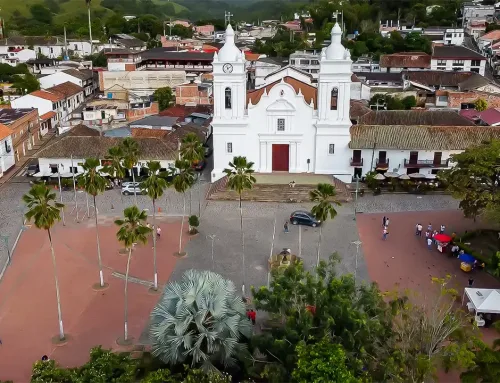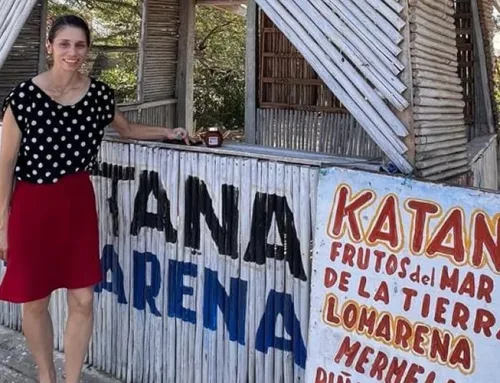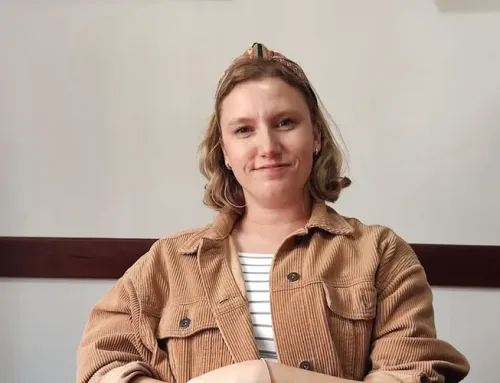Learning a new language can be a difficult task, but it can also be an exciting and fun experience. One way to make the learning process more enjoyable and attractive is to incorporate music into language classes, in this case, in Spanish classes. In Nueva Lengua the interests of the students are taken into account, that is why, in this article, we will explore the advantages of incorporating music into Spanish classes and the strategies that can be used at a methodological level.
First of all, music is a universal language that transcends cultural and linguistic barriers, therefore, it facilitates the teaching and learning process in the classroom. Through this tool, students acquire more vocabulary, practice grammar and pronunciation, and the music allows students to listen to authentic examples of the use of Spanish in context and to identify common expressions in the language such as variations in accent and colloquial expressions in the case. of advanced students.
Secondly, music awakens students' motivation during class, while providing a fun way to learn and develop their listening and oral skills, to the extent that they not only strengthen their listening comprehension, but also share their ideas about what they hear with their classmates.
By using music in class, teachers can create a dynamic environment that encourages active learning and participation that contributes to new methodological horizons in the field of teaching because it breaks with the strictly cathedral and unidirectional paradigms between teachers and students. There are many ways to incorporate music into Spanish classes for foreigners. Teachers can use music videos, song lyrics and karaoke.
Some practical tips for using music in Spanish class can be:
- Choose the right type of music and song: Select the appropriate songs according to the level of the students. Choose songs with clear lyrics and that are relevant to your teaching goals. For example, if you are learning the past tense in Spanish, the ideal is to take a song with that same tense and the basic vocabulary.
- Provides song lyrics: One of the ways is to bring copies of the lyrics of the songs, in this case, use the modality of filling in the spaces where they must write the word or phrase that you want the student to write. You can also ask them to identify the vocabulary or tenses used in the letter that they have already learned in class.
- Sing with the students: After having done the exercise of reading and completing the lyrics, encourage students to sing it, this can help them improve their pronunciation, fluency and confidence when speaking Spanish.
- Oral comprehension: Play the song and ask your students to listen carefully and answer questions about the lyrics, such as the meaning of the vocabulary, the conjugation of the verbs and the tense.
- cultural context: Use music to introduce your students to the culture. In our case, we select Colombian singers whose lyrics show the cultural richness of our country, such as "Colombia tierra querida" by Juan Carlos Coronel, "La fantastic" and "Colombia, my charm" by Carlos Vives, both are Colombian singers.
In addition to the above, you can also take other musical genres and ask students about their favorite type of music, in this way they will show more dynamic use of this tool. Another important aspect to take into account is that the use of music in class must have a specific objective and a priori planning, so the student will focus on one aspect and it will not be so difficult for him to identify the activity, for example, If in a class you want to reinforce the conjugations in the present tense of the indicative mode, it is best to indicate this to the students beforehand and thus their attention will be fixed on this aspect and not dispersed in the exercise, in addition to feeling comfortable and safe.
In conclusion, incorporating music into Spanish classes for foreigners can bring many advantages to language learning. It can help increase engagement, improve listening comprehension, improve pronunciation, increase vocabulary, reinforce grammar rules, develop cultural understanding, and improve memory. Using music as a tool in the Spanish classroom, students can develop their language skills while enjoying the process.
At school Nueva LenguaIn addition to teaching Spanish in the classroom, we seek to offer our students immersive tourist experiences, in which they can experience Colombian art and culture first hand, while they learn, travel and have fun. Along with the general and intensive Spanish classes, we also have a specialized course in Spanish and music, where you can learn to play the instrument that you like the most and practice the language at the same time.
Check the plans that we have for you in Cartagena, or write to us at info@nuevalengua.com for more information about our Spanish courses and cultural immersion In colombia.
All the articles in this blog have been written by the teachers of our school and by students from different countries who traveled to Colombia to learn Spanish.
“You travel too and study Spanish in NUEVA LENGUA"
Follow us on our social networks:
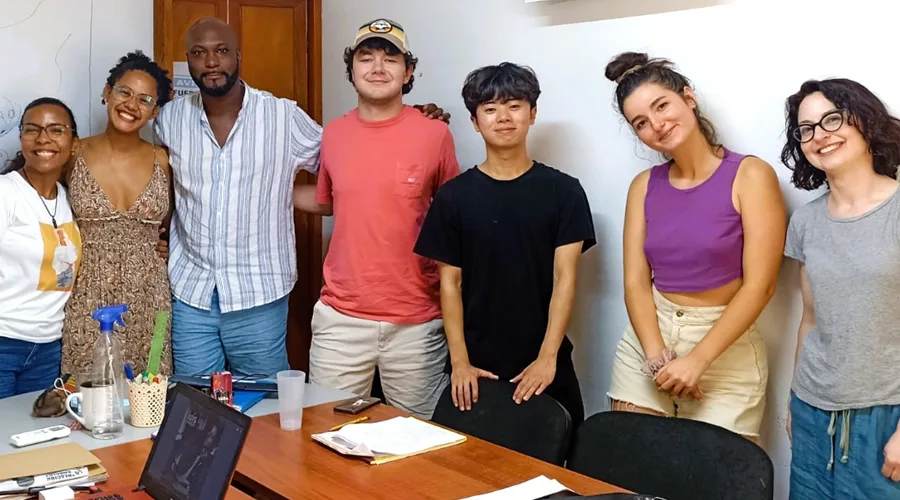
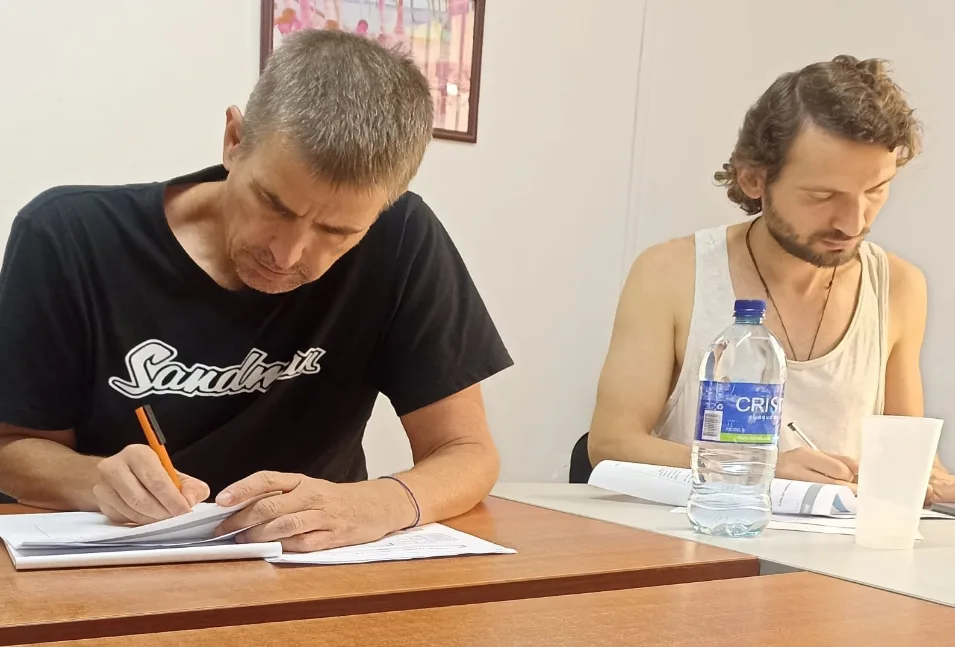
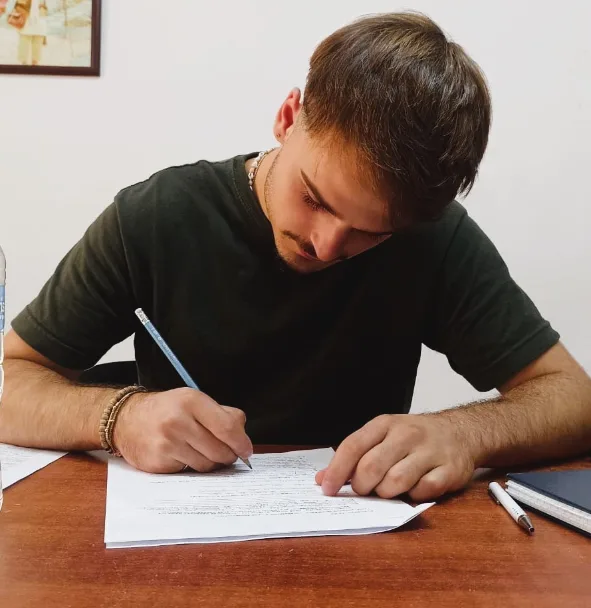

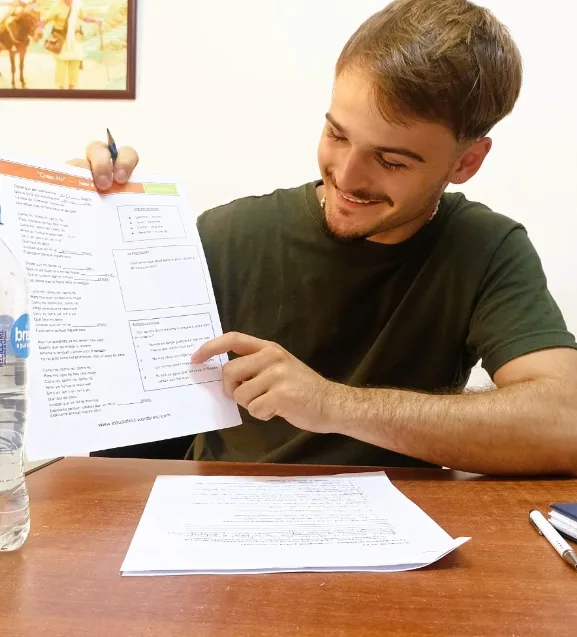
RELATED VIDEOS
MEDELLÍN - GUADUAS

